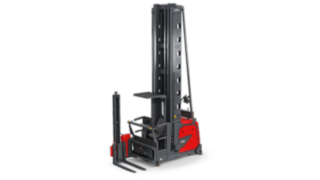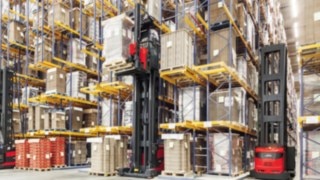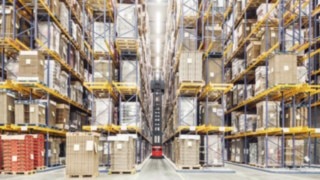
With efficient load handling in high rack warehouses, calculations come down to the millimeter. Very narrow aisle trucks are used for working at great height. The aisles are narrow and the distances to the rack are calculated very precisely. Because of that, even the slightest unevenness in the warehouse floor can become a problem and cause the truck to oscillate dangerously.
Before commissioning a new VNA truck, a service technician must ensure that there are no safety risks attached to driving on any of the warehouse floors. If the floors are uneven, the technician must reduce the maximum speed of the truck: This results in lower handling performance and economic losses.
This is a problem which many warehouse operators had to contend with in the past, but Linde Material Handling now offers an innovative solution with its Active Stability Control (ASC) assistance system for the K truck.
The K is Becoming Even More Efficient
The very narrow aisle K truck enables top handling performance when handling goods in high rack warehouses. The combination truck is used in very narrow aisles of up to 1400 mm and achieves a maximum lifting height of 18 meters. The truck lifts very quickly (up to 0.6 m/s) and can accelerate at the same time. It can be driven at very high speeds even at high lift levels, and can reach up to a maximum of 14 km/m under mechanical control.
The K has a variety of intelligent safety and assistance systems which support the driver to store and retrieve goods quickly and easily. Active Stability Control enhances these systems and makes the K even more efficient: The system recognizes unevenness between the left and right sides of the aisle and automatically offsets impacts and vibrations. This enables the truck to achieve its maximum handling performance even on less than perfect floors.
Top Speed, Top Performance
There are specific conditions which very narrow aisle trucks must meet in order to guarantee optimum handling performance and maximum safety. For maximum performance, floors must meet the requirements of the VDMA standard “Floors for use with VNA trucks” and adhere to the tolerances stipulated therein. If the floor conditions in the warehouse do not meet these requirements, trucks cannot work at maximum performance and the handling performance suffers. Because Active Stability Control compensates for the unevenness, the K truck can take advantage of its maximum speed even on floors that do not meet the optimum requirements.
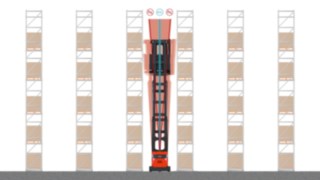
How Stability Works
Active Stability Control is based on a sensor-controlled, electromechanical system. Rollers scan the floor in front of the truck’s load wheels for any unevenness. If the system detects unevenness between the left and right sides of the aisle, the load wheels adjust very quickly and offset the unevenness of the floor. This ensures the truck’s stability while it is being driven and significantly reduces any rocking of the mast.
Full Capacity on All Warehouse Floors
Existing Warehouses
Active Stability Control is a cost-effective alternative in warehouses where existing floors do not meet the requirements needed for the K truck to perform at full capacity. If a company wants to increase the handling performance of its very narrow aisle trucks, it has two options: It can renovate its floors, which is generally extremely costly. Or it can invest in K trucks with Active Stability Control in order to achieve the same increase in performance on unmodified floors.
Newly Built Warehouses
Active Stability Control also pays off in newly built warehouses. Time and again, the quality of new warehouse floors turns out not to meet the actual requirements. If the unevenness of the floor is above the VDMA tolerance figure, either drivers have to adjust their travel speeds or customers have to make expensive corrections to their floors.
Rented Warehouses
Active Stability Control is particularly beneficial for companies that rent warehouses rather than owning their own floorspace. In this instance, they do not have the option of renovating the warehouse floor. However, they can still ensure top performance from their VNA trucks by using Active Stability Control.
Safety and Comfort
Active Stability Control also has many benefits for K truck drivers: Increased driver comfort and an improved sense of safety. Any vibrations which the truck is exposed to on uneven floors are directly transmitted to the driver's cab. When working at heights of up to 18 meters, even if the safety distances to the rack are sufficient, the driver still feels every wobble. The new system offsets any unevenness between the left and right sides of the aisle and enables the driver to work in peace and without interruption. It minimizes swaying of the mast and the driver’s cab, and ensures that the driver feels stable and secure, even when working at height.
Availability
The K truck can be fitted with Active Stability Control ex works. Alternatively, it is also configured in such a way that Active Stability Control can be retrofitted at a later date if required. This may be of particular interest to warehouse owners who do not know how good the quality of their floor will be in the future. If this is the case, they can simply ask for the K to be configured for ASC at the time of ordering. If the floor quality then proves to be less than perfect, the system can easily be retrofitted in order to ensure the truck is able to achieve maximum performance.
Benefits at a Glance
- VDMA floor standards not absolutely necessary
- DIN 18202 floor standard (in accordance with table 3, line 3) may be sufficient
- Full ride performance despite inferior floors
- Maximum handling performance
- No need for floor renovation
- Cost savings
- Safety at maximum speed
- More driver comfort
- Reduction of vibrations protects all truck components above the load wheels
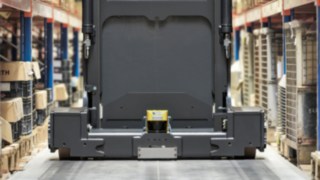
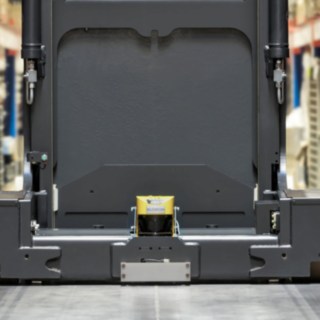
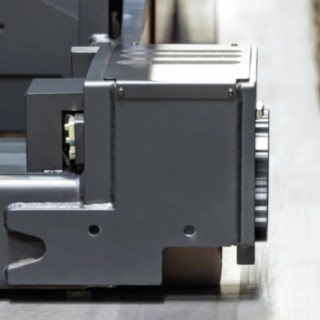
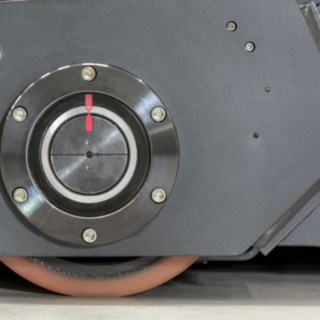
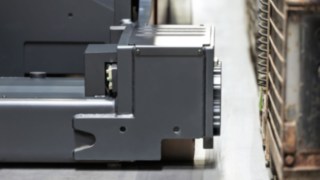
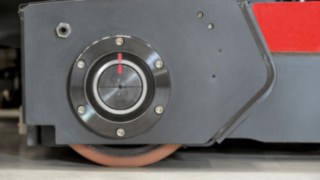
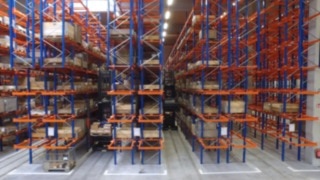
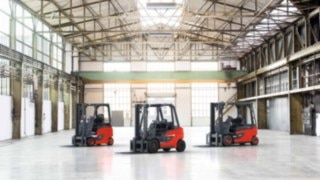

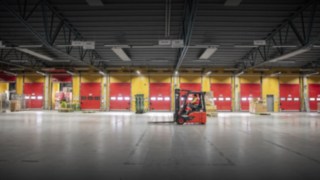
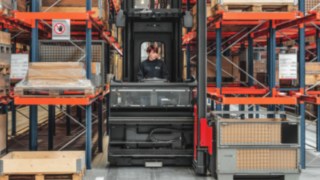
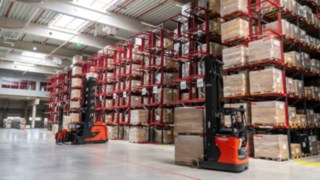

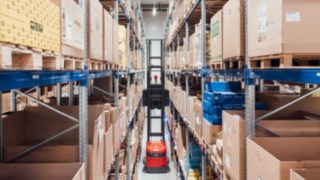
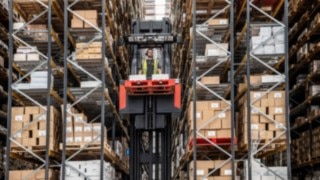
-moving-storage-4617_1083_CX_16x9w320.jpg)
